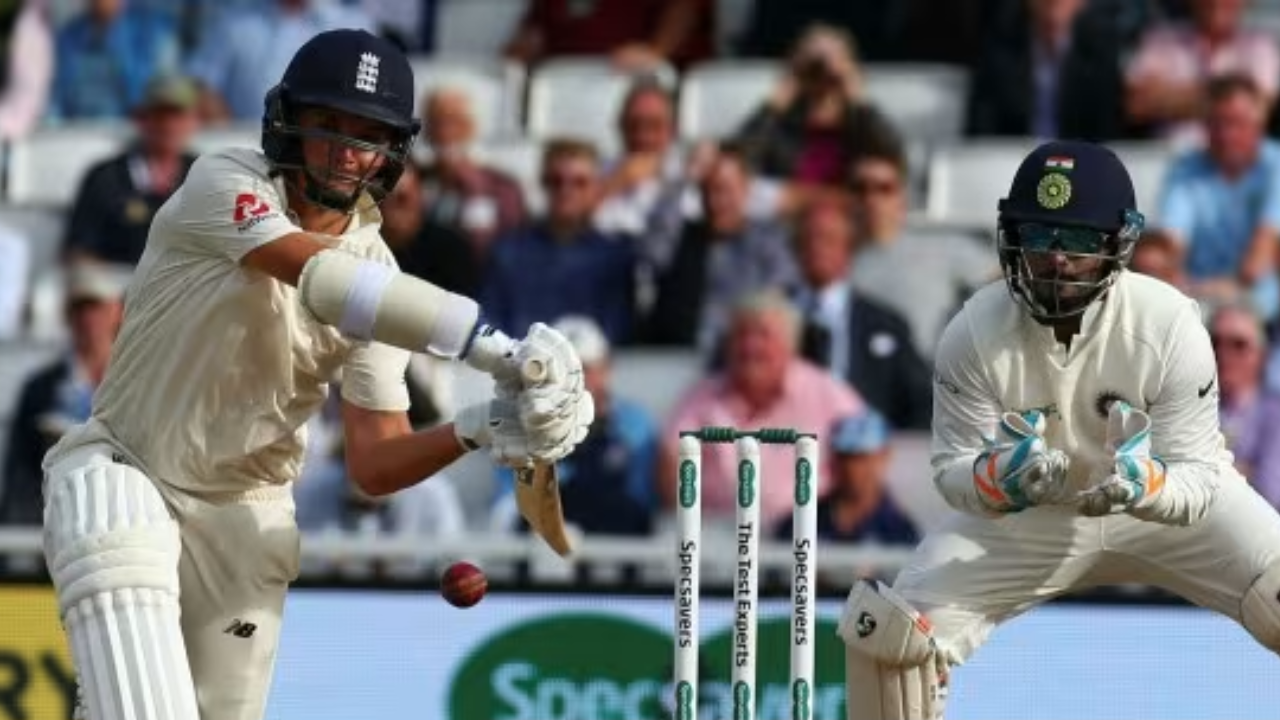The franchises are going to become very powerful. They already are because of the fan affiliation they bring to the table.
NEW DELHI
The current Hardik Pandya transfer incident indicates a clear shift in the cricket dynamics across the world, which may trigger off many other actions across the board. But the incident first. Mumbai Indians bought Hardik Pandya from Gujarat Titans at an agreed fee, where the player had a share. The fee is not disclosed amongst the teams, and the player gets a share. None of this is anything which is vastly different from any of the other leagues in the world, but has its own consequences in a sport which despite its burgeoning T20 leagues is still largely a national product. Bilateral tours and World Cups continue to play a large part in driving the affiliation of players and national teams to fans, which is where the revenue bedrock is built.
Why do I say that this is a shift in cricket dynamics? For one, it is a clear case of a Player-Franchise partnership, which has the potential of transcending anything else in the cricketing world, for the sheer commercial benefits to both. Hardik’s case is a unique one—unique to Indian cricketing superstars—where the revenue to both partners will be supersized and probably a win-win, but if one looks at other cricketing talents around the world, such partnerships will make or break their careers. With many franchises now acquiring an emerging global status, they can sign players for multiple franchises and seasons, and in effect become their primary employer. With annual contracts potentially in millions of dollars for the top 100 cricketers in the world, the talent acquisition game looks wholly different and triggers off a series of possible scenarios.
For one, the franchises are going to become very powerful. They already are, and not necessarily because of valuations and financials, but because of the fan affiliation they bring to the table. In countries where the sport is strong at the ground level, but is low on revenue, they bring much needed capital and energy to the game. Most importantly, they become repositories of talent. It’s only a matter of time when their academy system will start spewing serious talent, and the current distributed system through state federations will have serious competition. This will almost certainly bring smart capital to the business, and we have seen one investment of that kind in IPL. Smart capital comes with its own drivers, and when cross country investments in the game are a reality, then the franchise drivers can be different sometimes from what the current structure stipulates.
With so much money and structural change on the table, the national federations will now think for their own future and decide on their commercial strategies going forward. For some countries, it could be a game changer. Because the leagues are global, and talent structures can be unique to the local league, they can be structured to service the larger markets. Already, most of the leagues in operation out of India derive a large part of their viewership in the subcontinent, and possibly the revenue too. This year in the World Cup, we saw some international teams being sponsored by Indian brands, and the implication is that smart Indian money cares about return-on-investment more than country dynamics. This idea itself opens up realms of possibilities in the space, which then triggers off a series of actions, and new entrants who could invest in the structure, and the change thereof.
What I am suggesting is that analogous to a large and a new industry being created by a new product, in this case the IPL, there will be many new entrants, new capital, and most importantly innovation to create the maximum impact and the best returns. Right now, the controlled nature of the product has limited that to new franchises in India, and new leagues in the other cricketing countries, but that could change very quickly. For example, we could have league and team ownership telescoping over the medium and long term. If the franchises are going to contribute so much to federation revenues and health, they would like to have a part of the main Intellectual Property (which is the league) from both the management and the financial perspective. The case in point is the Major League Soccer structure in the United States, where the model is such that the league and team ownership are enmeshed seamlessly to drive common objectives. Even Messi’s entry in the Miami team this year had the league and teams buy-in because it makes the product better, bigger and more profitable. Financial fair play to ensure a level playing field, Talent acquisition and management, minor leagues, male and female engagement then become a part of the strategic equation and work in sync together.
The strategic and the financial centre of cricket in the world has to take a leading view on this. It’s clear that to drive Indian cricket BCCI has to ensure that the international game grows and remains strong. The current World Cup demonstrates that international cricket has legs, while also demonstrating that ICC may be losing its relevance in the way international cricket is structured today, so the responsibility is even more on BCCI. The time is on us when the financial structure of the game needs to be rethought with the future in mind.
With some franchises possibly getting listed on the bourses in the near future, the possibilities are immense with value creation and financial participation of all kinds. And with some of BCCI’s competitors also eyeing the space lasciviously, with a large captive audience to boot, there is reason to move quickly. Also, with the money on offer, it’s important to manage all the participants with empathy and emphatically. I would be watching this space with interest, and so should you.

